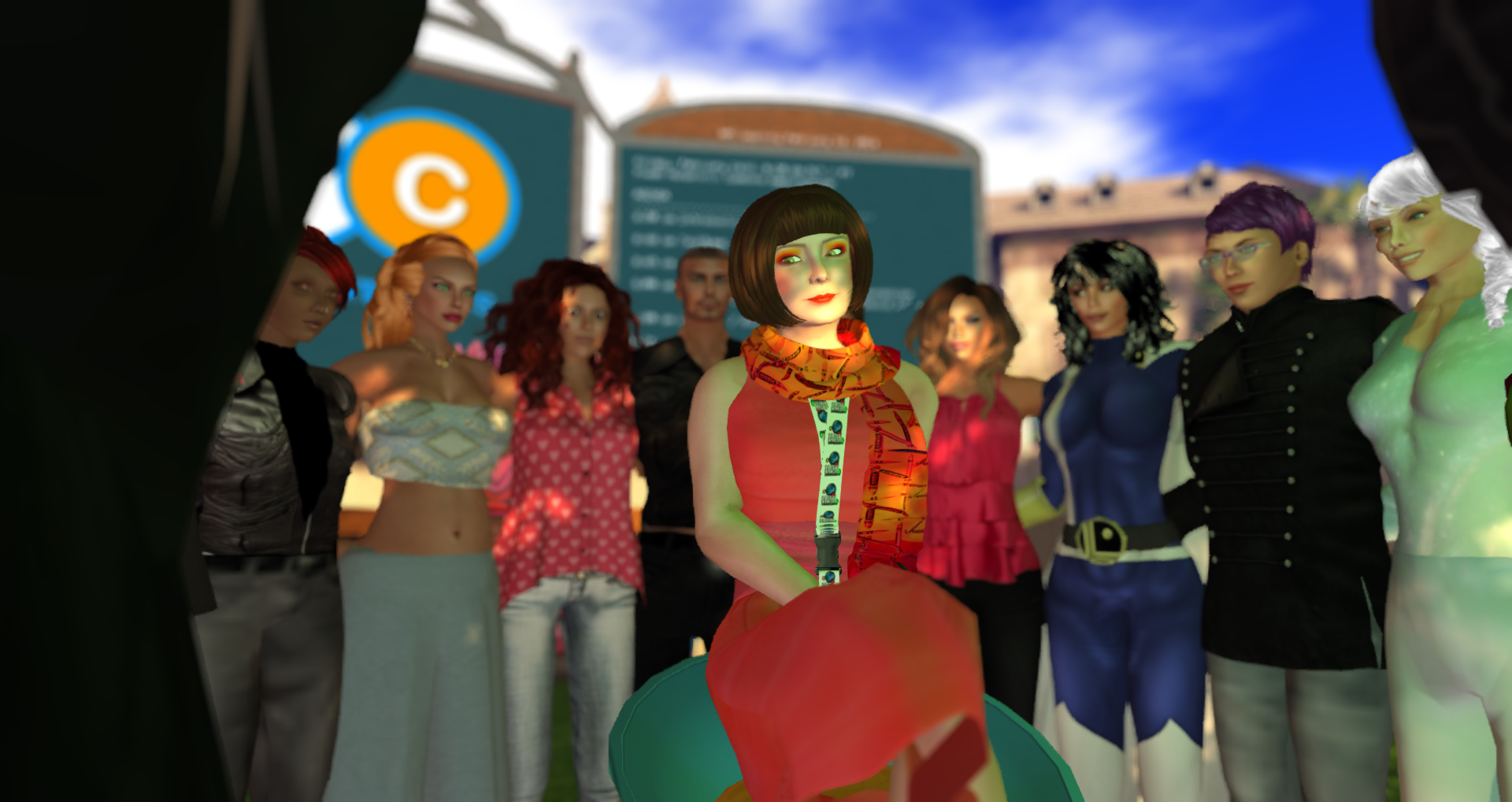Seeing as this site is a Drupal site, I thought our members might be interested in how to set up Drupal locally on a computer.
The first time I ever set up a local install of Drupal was a copy of 4.7.4. I remember aspects of setting things up being a little convoluted. 5.x had not gone into full release–I believe it was in RC 1. So there was no installer and it proved to be an interesting challenge. With the advent of 5.x, things have become much simpler. I’m going to describe how to set up a local install of Drupal 5.x on a Mac.
First
- Get a copy of MAMP–it stands for Mac Apache, MySQL, PHP. The linux version is called LAMP and the windows version is called WAMP
- Download the version of Drupal you want to install from Drupal.org
Next
- Extract the instance of Drupal you want to install
- Pop extracted directory into MAMP’s htdocs folder– /applications/MAMP/htdocs
- Fire up MAMP and click on "Open Start Page"
- Click on phpMyAdmin in the menu bar at the top of the page
- Click on the "databases" link in the main body of the page
- At the bottom of this page is a text box that reads "create new database", type in a name for your new database and choose a "collation", I use latin1_swedish_ci
- Create a user for the database–click on the sql tab up top and use the following command "grant all on database_name accounts.* to user_name@localhost identified by ‘password’;" with no quotes and replacing database_name with the database, user_name with any name you care to put in, and password with an password you care to use
- In your browser go to http://localhost:8888 and click twice on the directory with Drupal in it.
- Enter the database name, database username, and database password in the appropriate fields–leave the database type as mysql. Click "Save configuration"
- You now have a working instance of Drupal on your computer! Click on "your new site" and create user 1.
Remember that to have your Drupal instance working, you have to start MAMP up before going to the localhost Web address. You can load modules in and configure this just as you would a live site. It also give you an easy way to play with theming.
Written by: Creech

